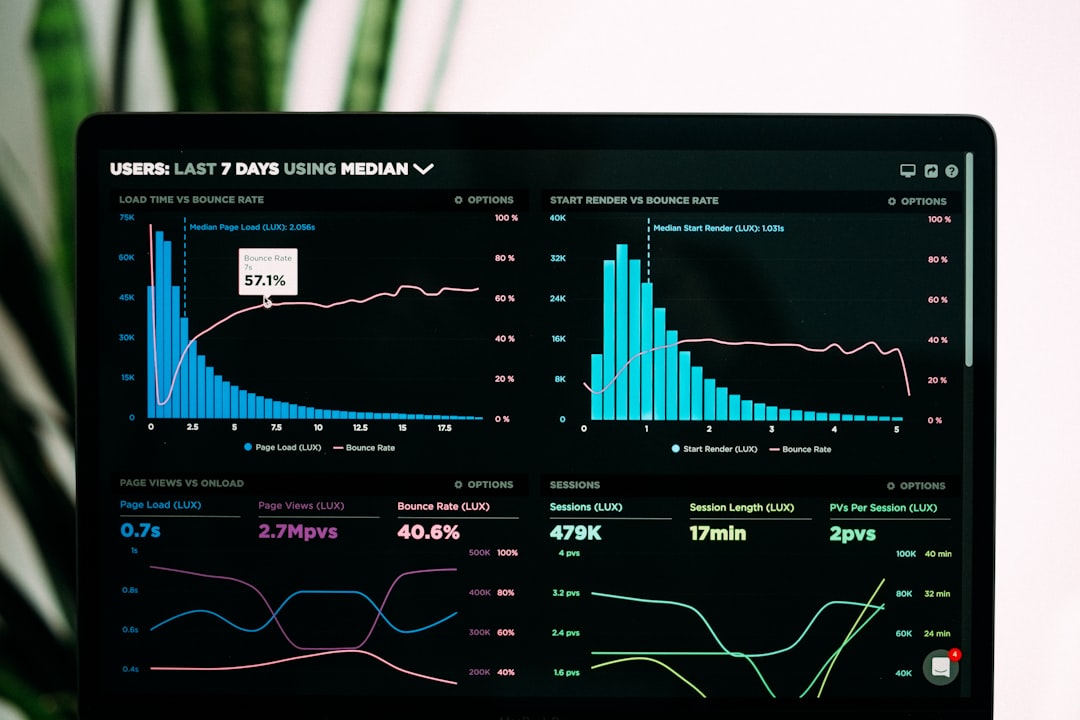
The Best Podcasts on Economics: A Curated Listening List
## Introduction. Podcasts have become an essential medium for learning, offering content that caters to a wide variety of interests, including economics. With the influx of information available today, it can be overwhelming to find quality resources that provide insightful perspectives on economic issues. This post will explore some of the best podcasts on economics, which not only entertain but also enlighten listeners about the complexities of our global economy. Whether you are a seasoned economist or just starting to explore the subject, there is something here for everyone. ## 1. Planet Money. Produced by NPR, Planet Money simplifies the intricacies of economics and makes them relatable to everyday life. The hosts dive into various economic topics, ranging from the effects of inflation to the impact of global trade policies. Each episode is typically around 30 minutes long, making it digestible for busy listeners. What sets Planet Money apart is its storytelling approach; they utilize real-life scenarios and humor to engage audiences, ensuring that complex economic theories are both understandable and enjoyable. With over 900 episodes available, listeners can find diverse topics that pique their interests and deepen their understanding. ## 2. Freakonomics Radio. If you’re looking for a podcast that combines economics with pop culture, Freakonomics Radio is a perfect choice. Hosted by Stephen Dubner, co-author of the best-selling Freakonomics books, this podcast discusses the hidden side of everything. Each episode poses intriguing questions about various societal habits and behaviors, revealing how economics often intersects with everyday life. The engaging format, combined with rigorous research and expert interviews, makes it not just educational but also captivating. Having aired numerous episodes since its inception, Freakonomics Radio often includes case studies and real-life applications of economic theories, making complex subjects accessible to a broad audience. ## 3. The Indicator from Planet Money. Another gem from NPR, The Indicator provides quick, data-driven insights on the state of the economy in about 10 minutes per episode. It's perfect for those short on time but eager to stay updated on market trends, job reports, and economic policies that affect their lives. The podcast's format includes diverse segments, featuring interviews, statistics, and even personal finance advice. The casual tone, mixed with analytical rigor, has endeared it to a wide audience, making economics not just interesting but also relevant to daily decisions. ## 4. Economists on the Edge. A more academic approach to economics, Economists on the Edge features leading economists discussing their current research and perspectives on economic policy issues. While the podcast can be somewhat less accessible than others, it offers an invaluable opportunity to hear directly from scholars about pressing economic challenges. If you wish to dive deep into more specialized topics, this podcast can provide insights you won't find on more mainstream shows. Engaging with these discussions can enrich your understanding of economic policies and debates shaping the world today. ## 5. Marketplace. Marketplace is another NPR production that focuses specifically on the economy, business, and finance. The podcast offers analysis that’s timely and relevant, giving listeners an understanding of economic trends and news. With a daily format, Marketplace provides regular updates on various aspects of the economy, enhancing its listeners’ awareness of how these factors may influence personal finance and business decisions. It's a comprehensive resource for anyone hoping to stay current with the latest economic developments, making economics applicable to everyday life. ## Conclusion. Podcasts have become a modern tool for disseminating knowledge, and the realm of economics is rich with voices and insights that deserve attention. The five podcasts mentioned—Planet Money, Freakonomics Radio, The Indicator, Economists on the Edge, and Marketplace—each offer distinct perspectives and styles that cater to different audiences. Whether you want a light-hearted introduction to economics, in-depth analysis, or timely market updates, these podcasts will expand your understanding while keeping you entertained. So plug in, take a listen, and cultivate your economic prowess! .







